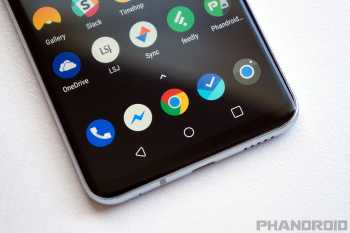
Android partners agree to use Android Q’s gesture navigation as default
With bezels shrinking and displays getting bigger, gesture control has become all the rage. Apple removed its massive home button and even bigger bezels in favor of swipe gestures. Google took a step toward gesture control with Android Pie, keeping the nav bar but using a swipeable “pill” for some more advanced gestures. And plenty of other brands have hopped in on the gesture game with their own implementations.
But Google is looking to standardize these gesture systems with Android 10.0 Q. The Q betas have a new gesture system that gets rid of the back button and makes it a swipe from the side of the screen. The main gestures are similar to Apple’s implementation. And starting with the official Q release, these gestures will be standard across many different OEMs.
Yes, we’re finally going to see some standardization across smartphones! It won’t be a mess of different gesture systems, and this will help app developers design apps around Q’s system. This might make the average person finally accept gestures on Android.
However, gestures aren’t for everyone. Even Google says that they’re harder to learn and adapt to, which is absolutely true. They’re not exactly intuitive. So thankfully we’ve learned that Q will allow you to switch back to the 3 button nav if you really want to.
Despite their issues, gestures make a lot of things like switching between apps much quicker and easier. They add function while using less screen real estate, maximizing your use of that gorgeous new bezel-free display. If you’re interested in the nitty gritty details, Google’s developer blog post has some really interesting statistics so go check it out!
Source: Android Developer Blog
